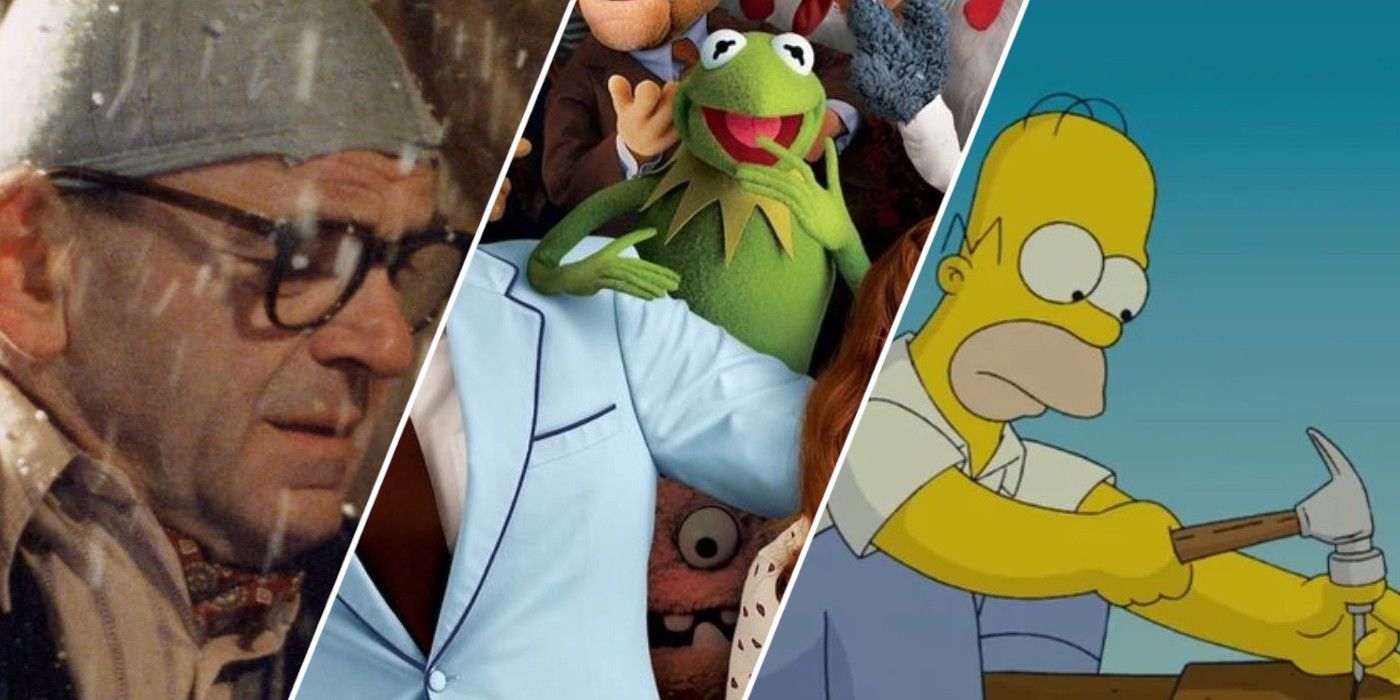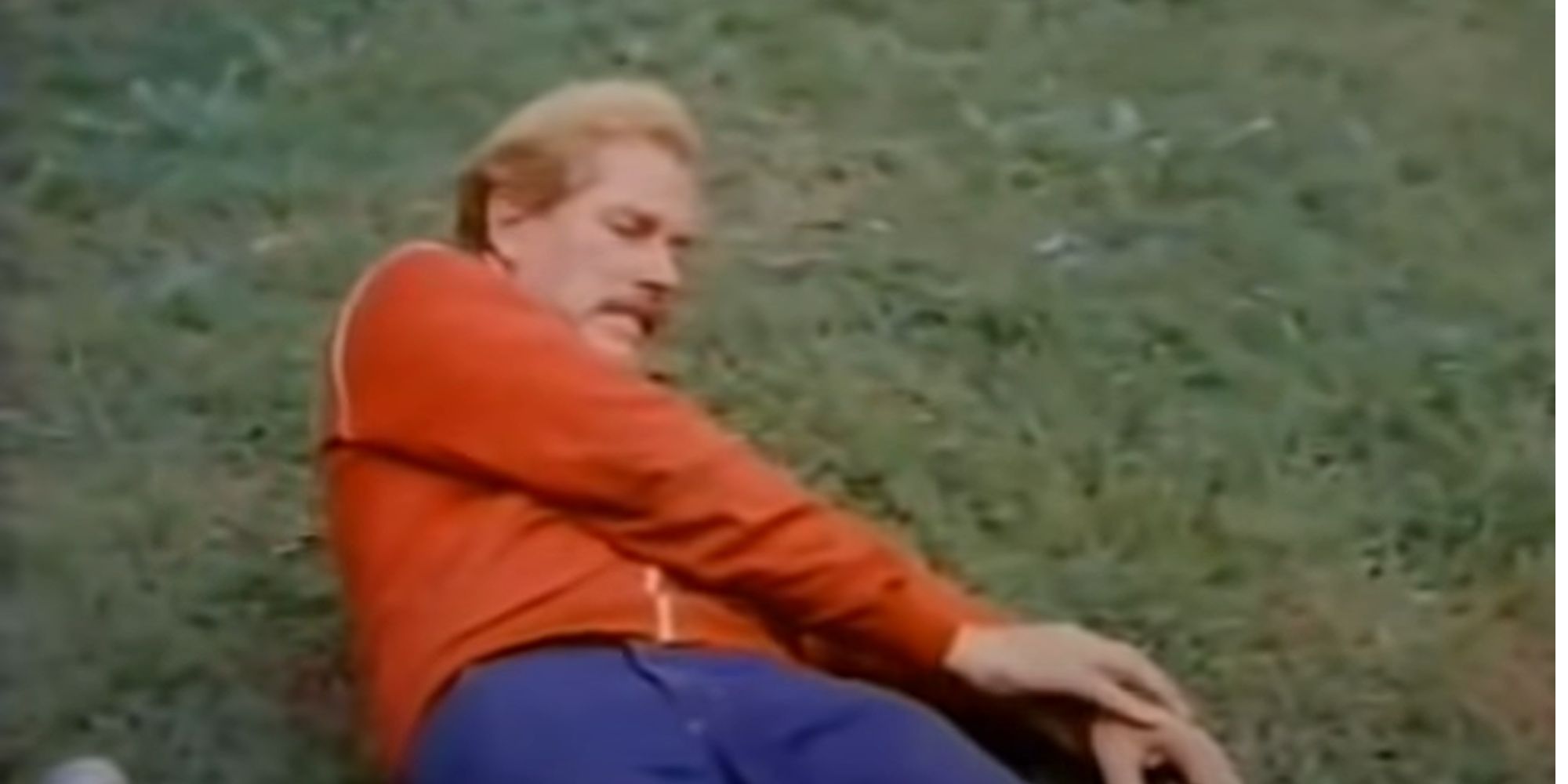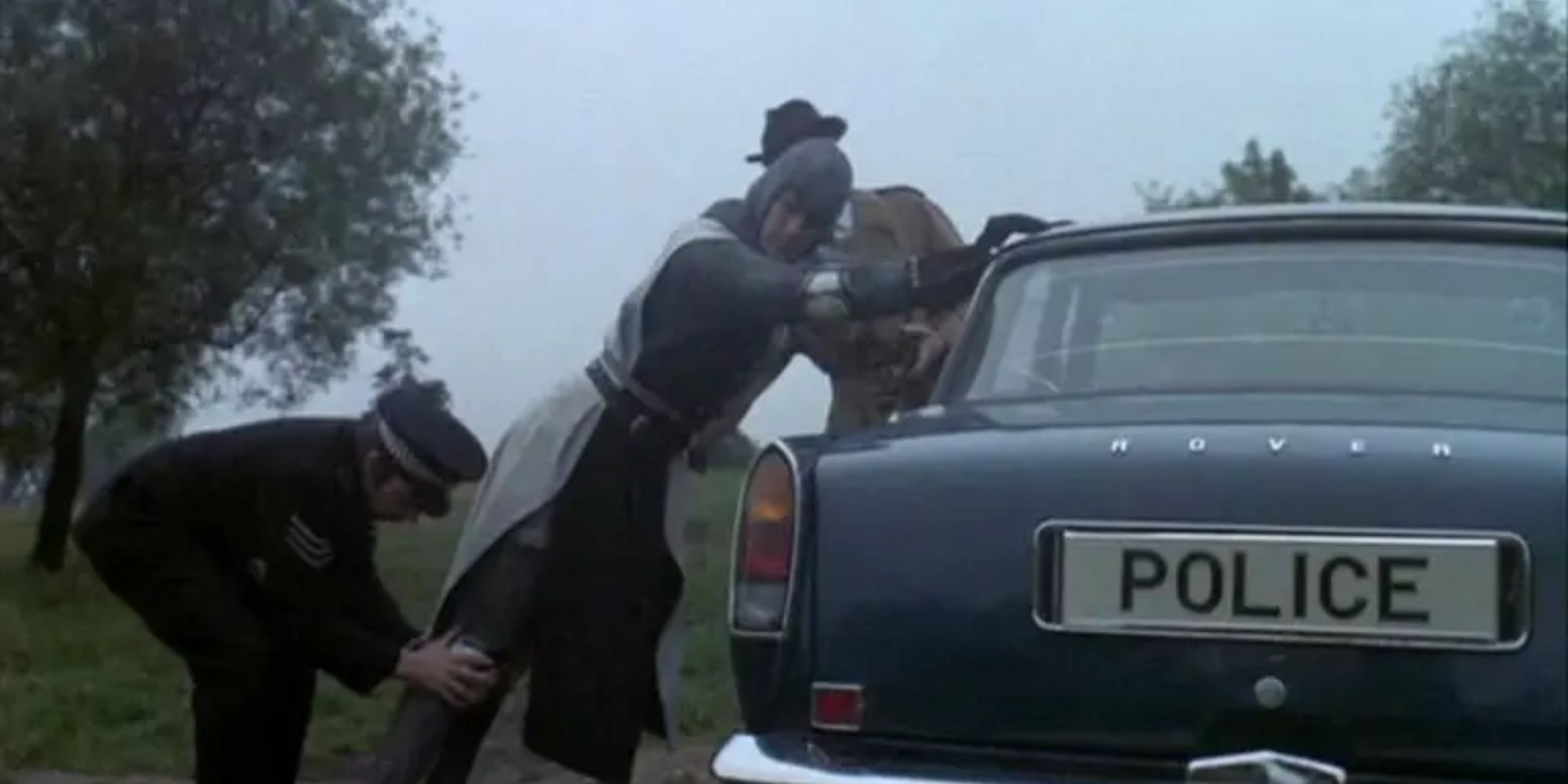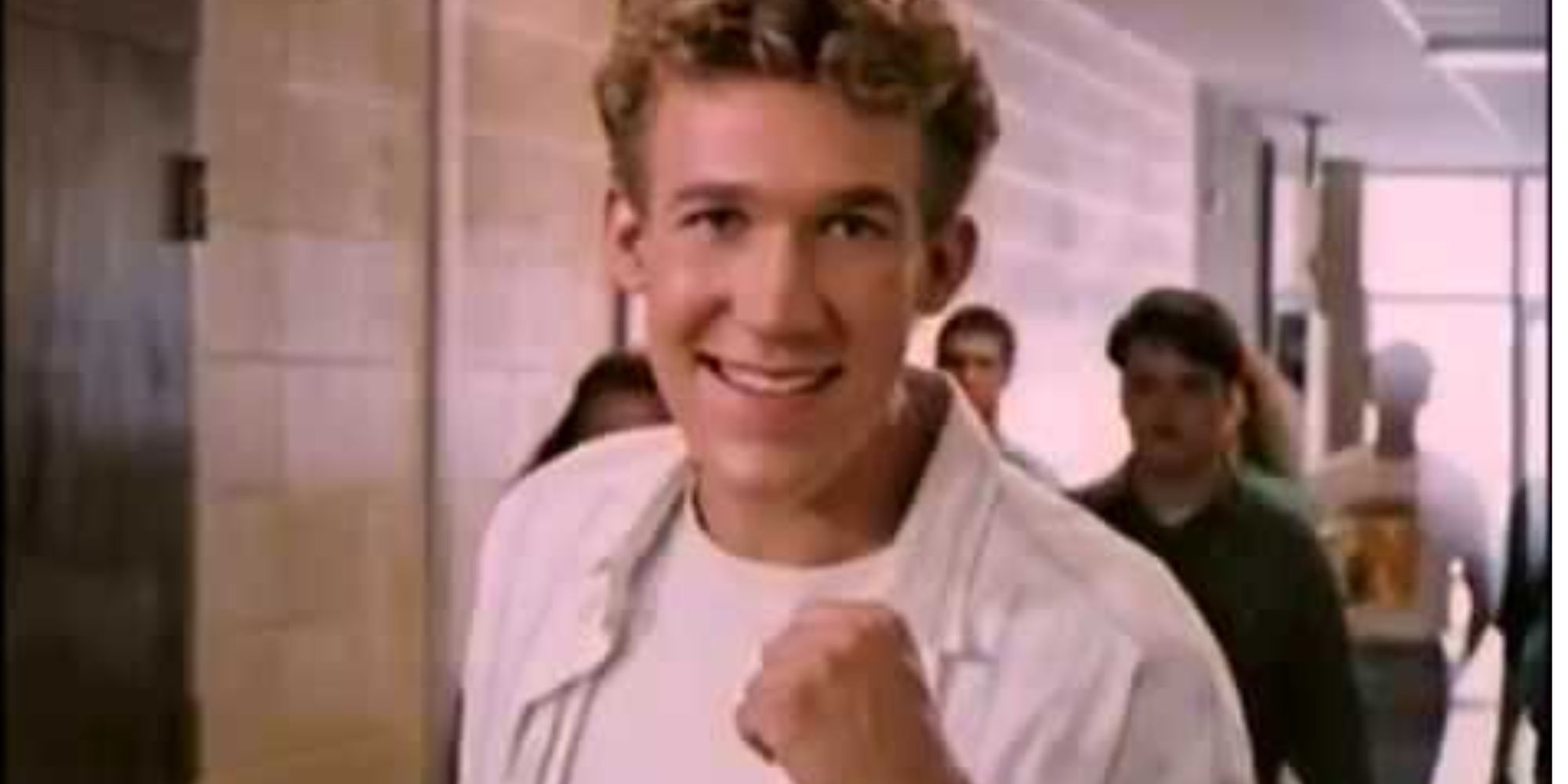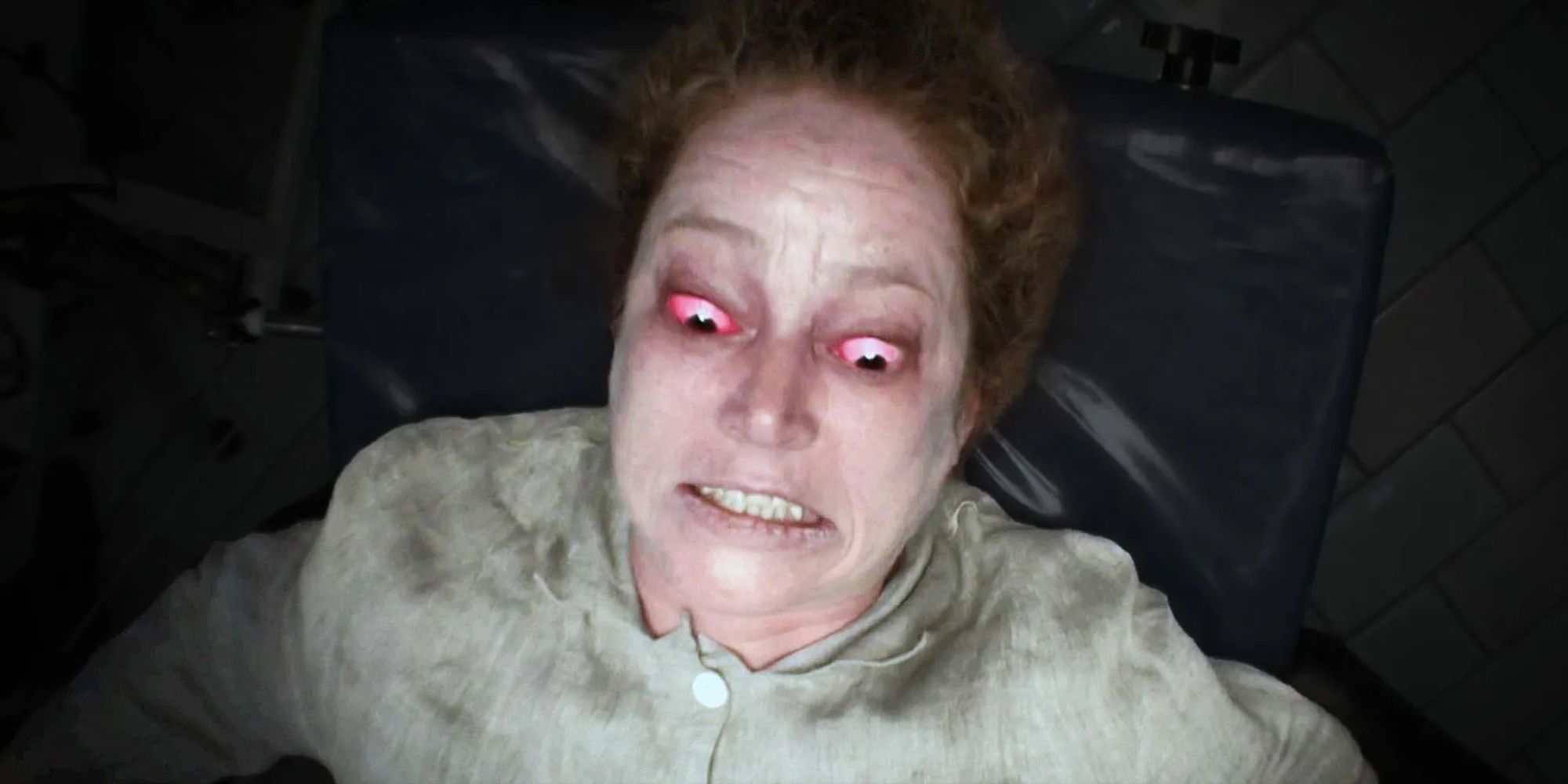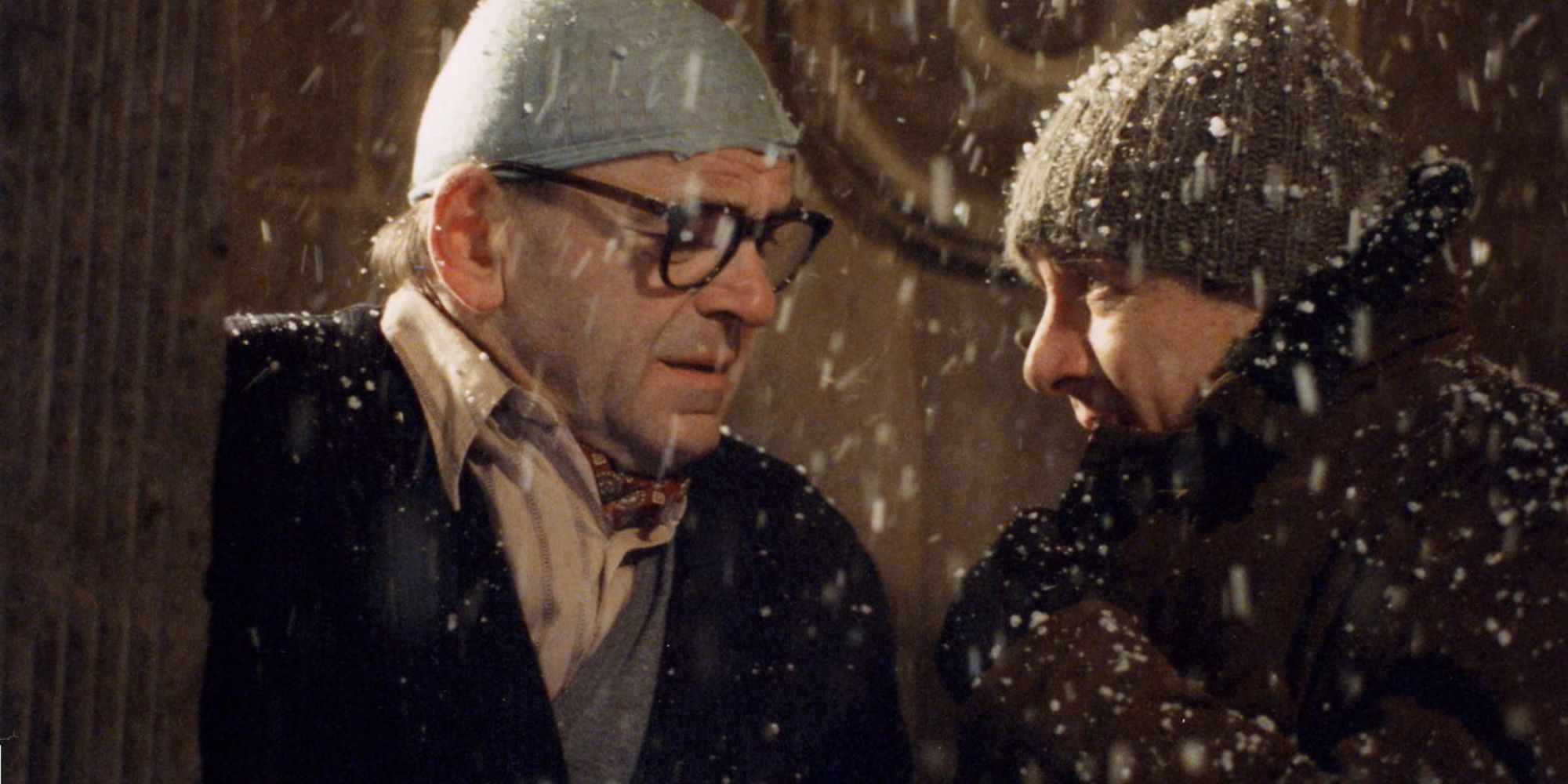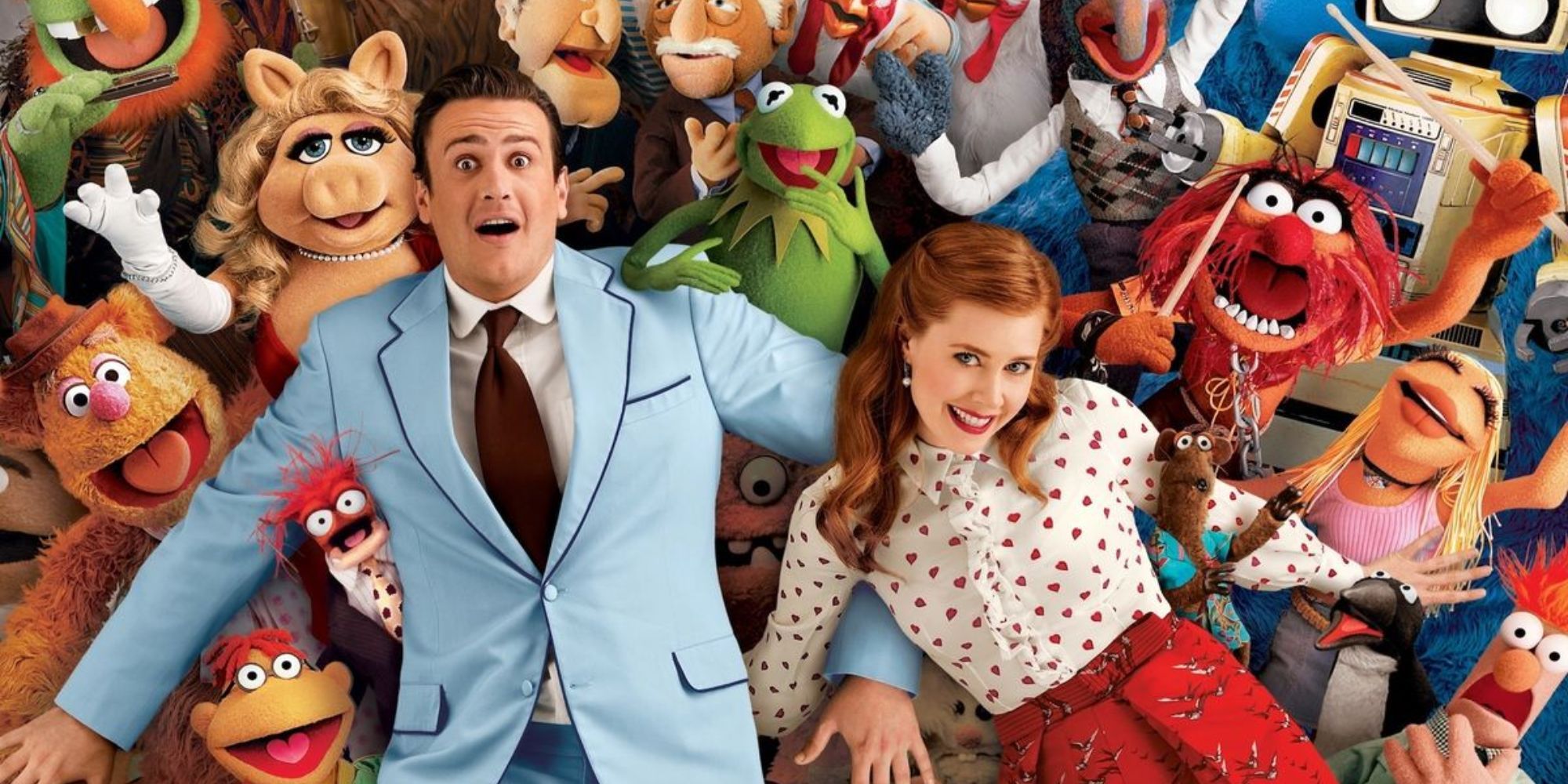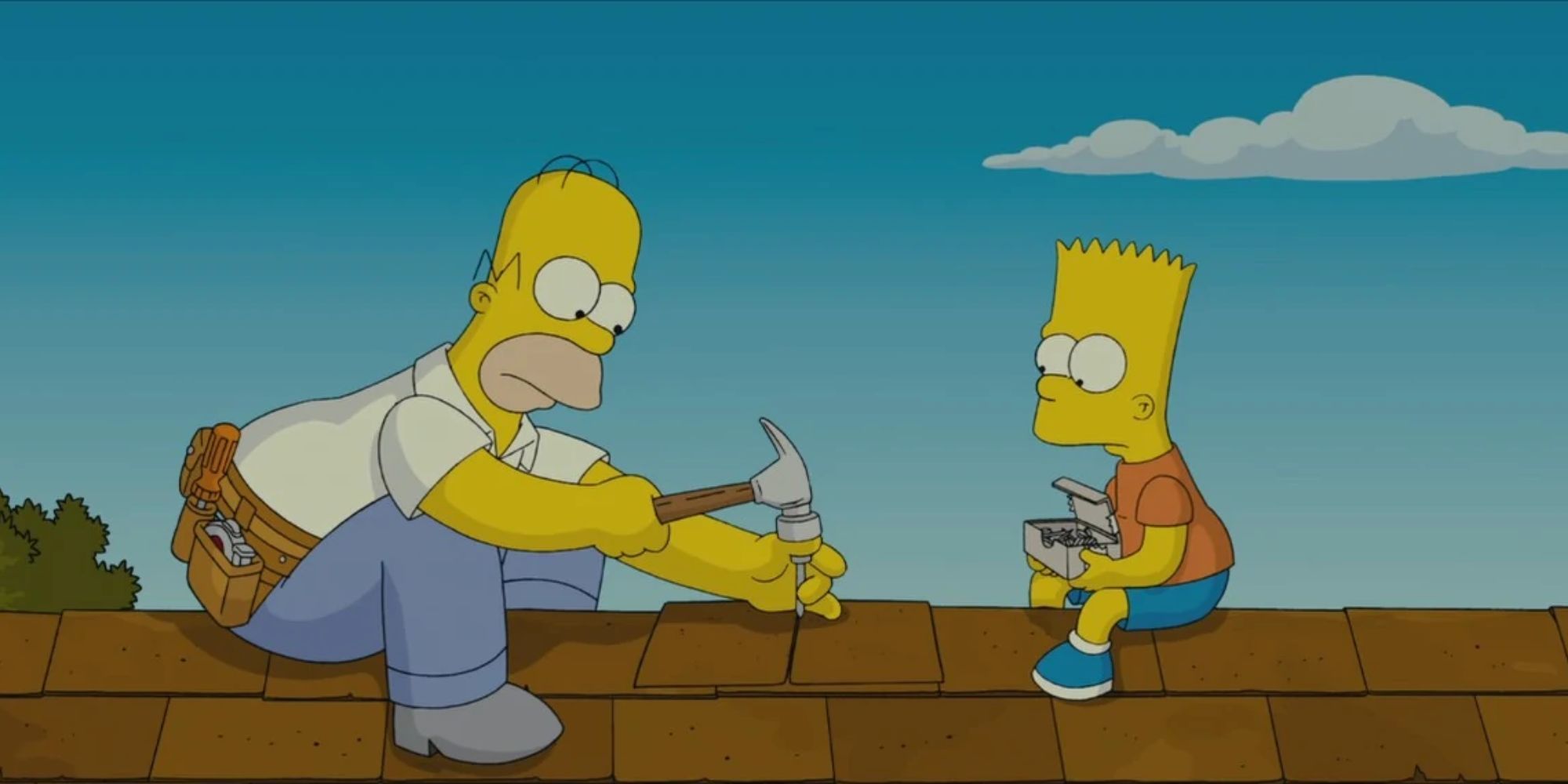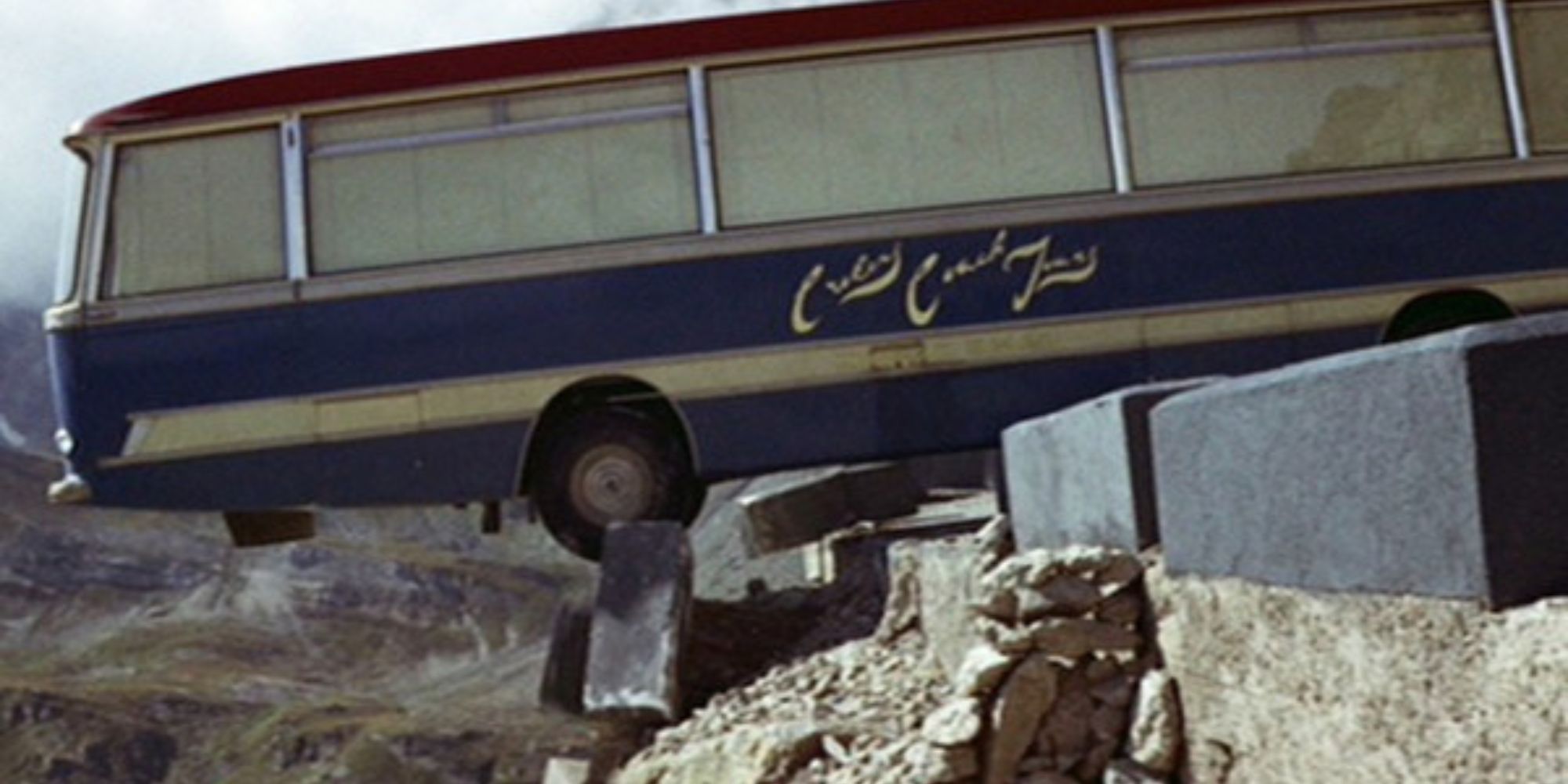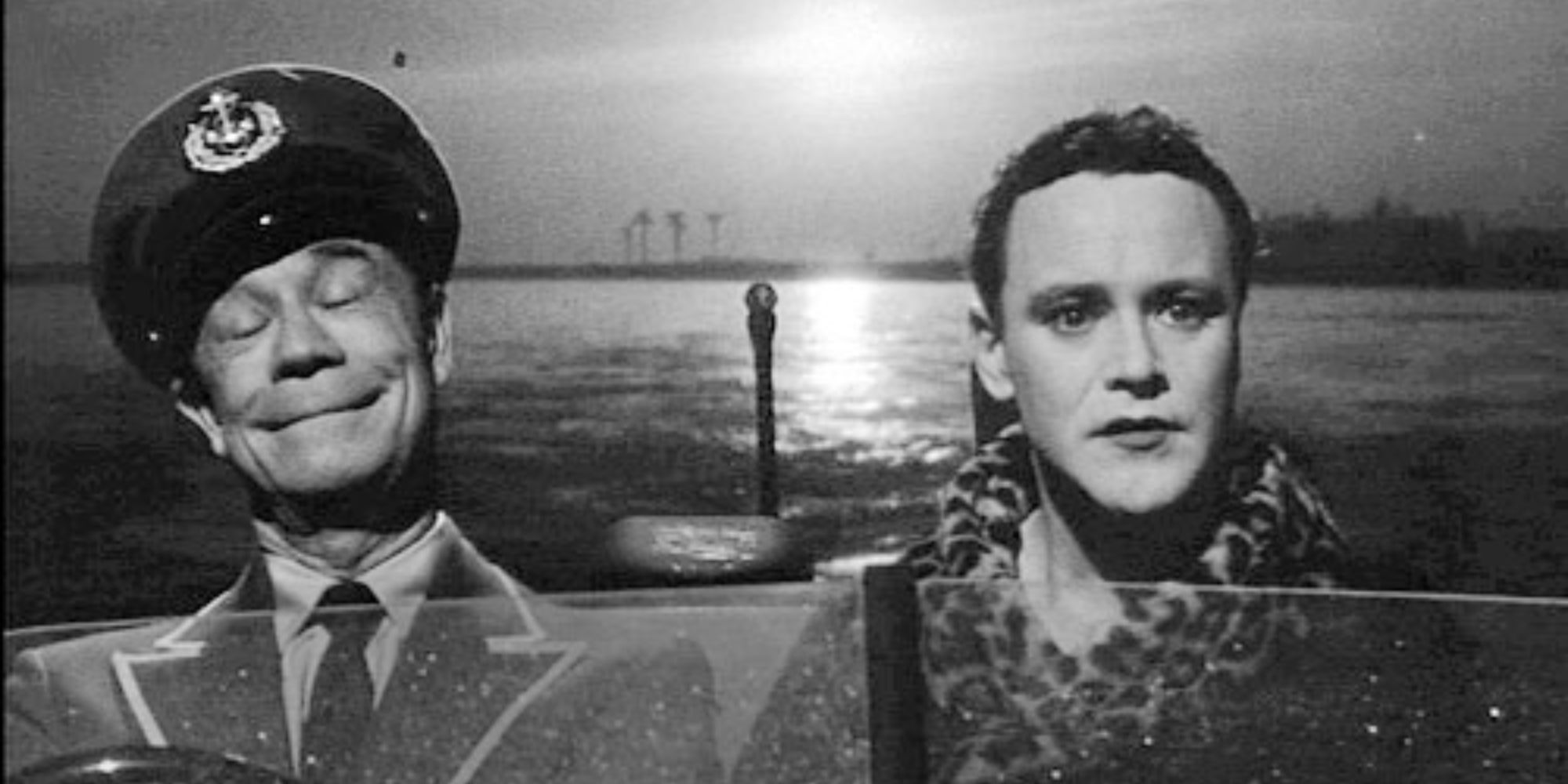One of the hardest aspects to nail when writing any story is its ending. Whether it be movies, video games, or even novels, writers are often faced with a pretty monumental task in creating an ending which wraps up their story in a way that doesn't leave a bad taste in their audience's mouth.
Sometimes, however, these stories just sort of... end. No answered questions, no time to reconcile, nothing. More often than not this tends to be pretty funny, whether it was on purpose or not.
'Blood Debts' (1985)
Blood Debts is an 80s action movie that looks more like it was made in the 70s. This film never really took off, mainly because it was terrible. Luckily, there is one redeeming quality to it: its outrageous ending.
The film's ending is so absurd that it actually went viral on YouTube, as a video titled "The Proper Way to End Your Film." The clip shows the main character after he is shot by the villain. Luckily, the protagonist has a trick up his sleeve. And by "trick" he means "flare gun." He uses the flare gun to blow the bad guy to smithereens. Now, normally movies would have a few minutes of conclusion to guide audiences into a soft landing. But not Blood Debts. Instead of some sort of falling action or aftermath, the movie freezes as the villain explodes, and a block of text appears announcing what happened to the hero after the events of the film. Then the credits roll.
'Monty Python and the Holy Grail' (1975)
Monty Python and the Holy Grail is a British comedy film about King Arthur (Graham Chapman) and his knights of Camelot searching for (who would've guessed it?) the Holy Grail. Early on in the film these knights of Camelot slay an innocent historian for no apparent reason as the old chap films a documentary.
This, naturally, prompts a police investigation, which can be seen in several cutaways throughout the course of the movie. Towards the end, the remaining knights locate the Holy Grail in a guarded castle. They prepare for battle, summoning an enormous army that materializes out of nowhere, but the battle is abruptly cut short before the main assault can begin. King Arthur's karma eventually catches up to him, and he and his knights are arrested by the police, and the camera is shut off as an officer intercepts the cameraman.
'Second Glance' (1992)
Second Glance is a faith-based movie from the 1990s that flew pretty far under the radar when it was first released. It's a relatively cheesy movie about a kid named Danny (David A. R. White) who begins to question his faith as he reaches adolescence. The movie is certainly not set up like a comedy. Though its ending is pretty funny, even though the filmmakers likely didn't intend it to be.
At the end of the film, Danny has decided he does want to be a Christian, and he announces this by turning to his friend Scotty (John Jimerson) and uttering the incredibly vague, yet hilarious line, "Hey, Scotty... Jesus, man!" The film then uses the clichéd freeze frame and uplifting music ending that seemingly every teen 90s movie has. The ending, like Blood Debts, also went viral on YouTube for the exact same reasons: they're both just so unintentionally funny.
'The Devil Inside' (2012)
The Devil Inside is a pretty awful found footage horror movie that is ostensibly based on a true story about demonic possession, namely the case of Isabella Rossi (Fernanda Andrade). It's your standard mediocre horror flick with cheap jump scares, languid pacing, and not a whole lot of interesting things happening. That is, until the very end.
Aside from being a little funny, the ending is also a bit insulting towards the viewers, as it's pretty lazy. The movie ends when the main characters get into a car accident, at which point the screen cuts to black. From the black screen emerges a website link, of all things, apparently serving as a resource centre for those wanting more information on the Rossi possession. The best part? The website doesn't even exist anymore. Womp womp.
'Birdemic: Shock and Terror' (2010)
Birdemic: Shock and Terror gained quite a cult following due to the internet. The main reason is due to its nonsensical plotline, wooden dialogue, and laughably bad CGI. The plot focuses on a group of survivors as they traverse through a world that is being attacked by thousands of acid-spitting, dive-bombing, explosive birds. No explanation is given as to why the birds are behaving this way.
The end is fairly simple. The survivors are having a hard time fighting the birds off, then suddenly, the birds decide they've had enough and begin to fly away across the sea. Once again, with zero explanation. Then the credits roll as the survivors stare off into the horizon. It's almost like the filmmakers forgot to write an ending and quickly cobbled it together and added it in after the fact.
'The Castle' (1997)
There's a joke in the aforementioned Monty Python movie where the characters find an inscription on a cave wall that ends with an "aaargh," and they assume that whoever wrote it must have died before they finished it. As it turns out, that is exactly what happened in this 1997 Austrian TV movie based on a novel by Franz Kafka.
Kafka, tragically, died before he could finish the book. Multiple film adaptations were made of his work, but filmmaker Michael Hanneke wanted to stay as faithful to the original as possible. Which means that both the book and the movie end right in the middle of a scene, just like that. Though, the movie went the extra millimetre to put up a block of text explaining that Kafka wrote no more. It's a brief moment of unexpected gallows humour in such a serious story.
'The Muppets' (2011)
The Muppets are a timeless source of innocent comedy for many with a huge cast of whacky characters with outrageous personalities. The 2011 movie introduced a new plotline where The Muppets decide to return to the entertainment business, and stage a reunion show in order to save their old studio being demolished by an evil oil tycoon named Tex Richman (Chris Cooper).
Multiple things go wrong during the show, including Gonzo (Dave Goelz) getting his arm stuck in a bowling ball as he tries to throw it, leading his arm to be stuck in a state of constant spinning. Donations for the show pour in, but sadly, it isn't enough to save the studio, and the Muppets walk glumly to the exit to perform one last musical number. During the post-credits musical number, Tex Richman begins to gloat about his victory. At the same time, Gonzo gets his fingers dislodged, and the bowling ball careens towards Richman, which sends him flying. The movie then displays a brief newspaper clipping showing that Richman decided to let the Muppets have the studio anyway, and that this decision was definitely not the result of a head injury caused by a certain flying bowling ball. It may not be the exact end of the movie, but it is a pretty abrupt conclusion to the main plot of the film.
'The Simpsons Movie' (2007)
The Simpsons Movie is much like the classic episodes of the TV Series: hilarious, yet heartfelt at the same time. One of the funniest moments in the movie is when Homer (Dan Castellaneta) and Bart (Nancy Cartwright) attempt to re-shingle their roof. Homer tries to hammer a nail, which of course results in him accidentally injuring himself.
The final scene of the film (or the alternate ending in some versions) pays homage to the scene from earlier. The day is saved, the family is reunited, and everything emotional is out of the way. It's time for Homer and Bart to set about rebuilding their home. When it comes time to shingle the roof, Homer successfully hammers the nail... into his own leg. He stands up triumphantly, only to realize that he has a nail stuck in his leg, and oh, look at that, it really hurts. He then runs around like a headless chicken, ripping up all the shingles in the process before falling off the roof. Cut to black and roll credits.
'The Italian Job' (1969)
Perhaps the most famous abrupt movie ending comes from the British crime-comedy film The Italian Job. The movie revolves around a gold heist, all portrayed in a fairly amusing manner. Starring Michael Caine as the film's protagonist, Charlie Croker, things go relatively well until the very end.
The film ends on a literal cliffhanger as the van in which the heisters are carrying the gold travels along a winding mountain road, and inevitably ends up teetering on the edge. The gold is at one end, slowly sliding farther away from the robbers, while Croker desperately tries to save it. He then states that he has an idea, but the audience never gets to see what it is, as the film ends right then and there. The filmmakers practically trolled their entire audience with this one.
'Some Like it Hot' (1959)
Another classic crime-comedy film, this time directed by Billy Wilder, the story of Some Like it Hot involves two criminals who disguise themselves as women in order to escape the police. One of these men on the run is Jerry (Jack Lemmon), who, under the alias of "Daphne," begins to attract the attention of an aging millionare named Osgood (Joe E. Brown).
Throughout the hilarious misadventures, Jerry eventually convinces Osgood to take him away on his yacht. During the boat ride there, Jerry exhaustively takes off his wig and reveals that he has actually been a man this whole time. For most people, this would open up a whole new can of worms. At the very least, it should set up some sort of falling action. Luckily, Osgood is not most people, and simply shrugs and says, "Well, nobody's perfect." Almost like he knew the entire time. The words "The End" then appear on the screen and the credits roll.

